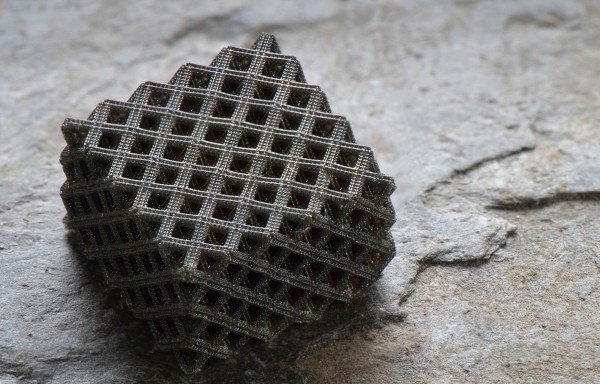
A newly invented process could enable large-scale use of nano-printed metal materials.
3D printing is most often done at a visible scale, but for many years researchers have sought methods of printing materials at a nano scale to take advantages of molecular effects and microscopic structures.
While many of these experiments have been successful, the problem has been an inability to scale the results to larger sized objects that can be used for practical purposes. One example we wrote of last year shows what’s possible at small sizes, but that’s where it ends: small prints.
Now, new research from Virginia Tech has apparently solved this issue, at least for one class of nano-printing.
The class is lightweight metals. Previous attempts would use, for example, metal foam to reduce weight of the print, but at the cost of strength. The new process involves the use of nano-sized hollow tubes, which evidently can be created more easily up to seven orders of magnitude larger than before. The process is said to enable creation of “arbitrary 3D architectures” and “multiple levels of 3D hierarchical lattices with nanoscale features”.
The microscopic structures can be arranged to be flexible, but still retain the strength of a metal object.
Using this technique, the researchers claim they can produce large-scale functional metal objects with both flexibility and low weight. But that’s not all: this technique, which apparently uses a resin-based “digital light” approach, could be used to develop many types of unusual microscopic structures that may be used in ways we cannot imagine.
Via Science Daily and Rayne Zheng

